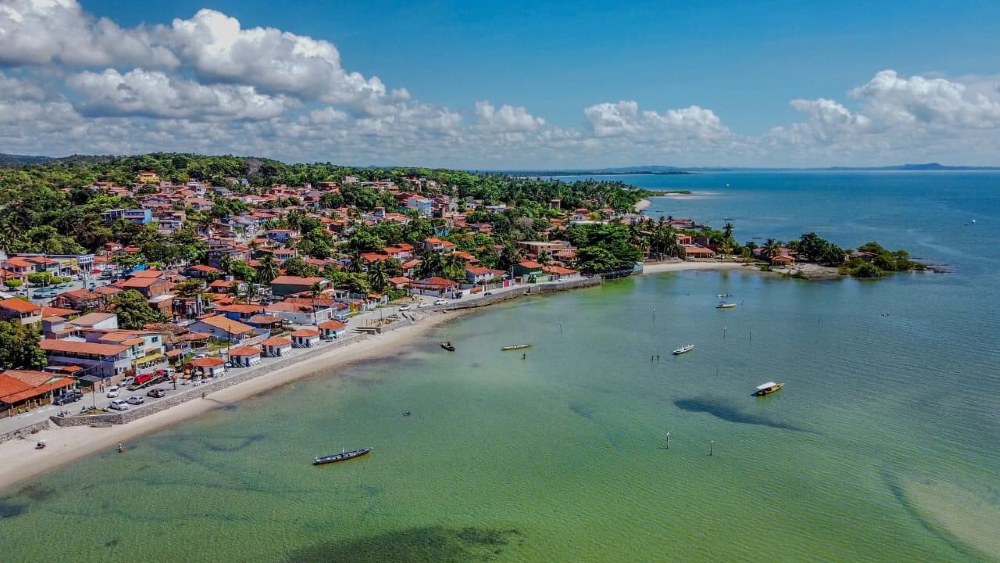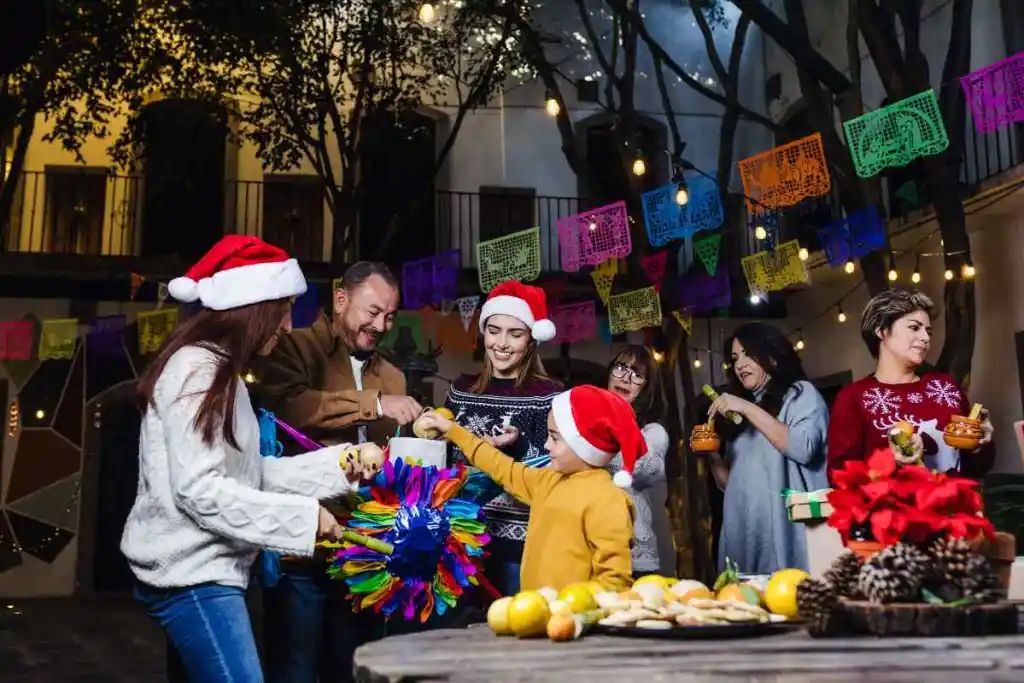A powerful emblem of Mexican culture, ranchera music weaves a deep and heartfelt narrative of the nation’s history. Emerging in the 19th century, it took root in the fields, among the campesinos, finding its voice in the simplicity of rural life. But it was through Mexican cinema from the 1930s to the 1970s that this genre rose to prominence, becoming a cultural phenomenon that transcended borders.
A genre born of the land
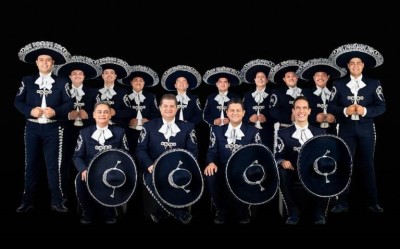
This musical style emerged in the heart of the states of Jalisco and Guanajuato, regions deeply rooted in agriculture and rural traditions. Songs born from the ranchos mirrored the everyday lives, struggles, and passions of country workers. After the Mexican Revolution of 1910, the genre evolved, echoing the spirit of rebellion against social injustice while celebrating love, patriotism, and the beauty of nature.
The Golden Age of Cinema: A Cultural Catalyst
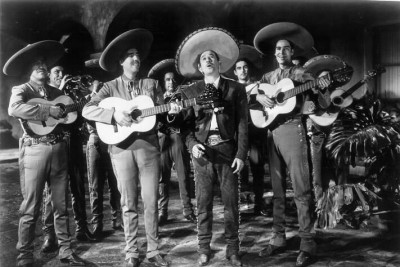
The rise of the genre is inseparable from the golden age of Mexican cinema. Films such as Allá en el Rancho Grande (1936) not only marked the birth of a true national film industry, but also embedded these songs in the collective imagination. Through romantic tales and tragic love stories carried by stirring melodies, rural ballads became a cornerstone of Latin American musical culture.
The Icons of La Ranchera
Legendary figures such as Pedro Infante, Jorge Negrete, Lola Beltrán (nicknamed “The Queen of Mexican Song”), and Maria de Lourdes carried these melodies beyond borders, touching hearts as far afield as Russia, the Netherlands, and Indonesia. Among the modern artists who have helped to renew the genre are Juan Gabriel—with over 100 million albums sold—Natalia Lafourcade, and Alejandro Fernández, son of the legendary “El Rey” Vicente Fernández.
Our article: Rhythms of Colombia, The Vallenato
Mariachi: The Musical Essence of the Ranchera
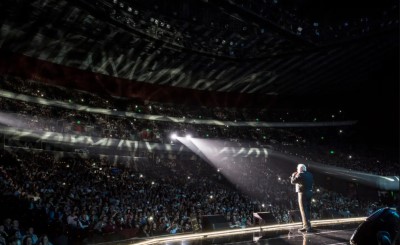
Mariachi, recognized by UNESCO as an Intangible Cultural Heritage of Humanity, embodies the soul of this music. Traditionally composed of guitars, violins, trumpets, and sometimes harps, these ensembles create the distinctive sound that accompanies powerful vocals. Heirs to a blend of Indigenous, Spanish, and Creole influences, they express the diversity of Mexican identity. The Mariachi Vargas de Tecalitlán, in particular, has played a key role in popularizing this style worldwide.
With its popular roots and global reach, ranchera music remains a timeless source of inspiration. Instantly recognizable, it eloquently conveys the soul of a people, forging a deep connection to ancestral traditions anchored in a land of contrasts, heartfelt emotion, and captivating beauty.




